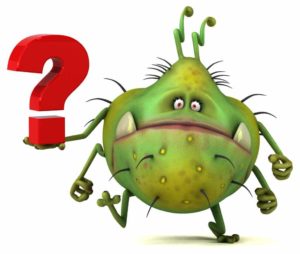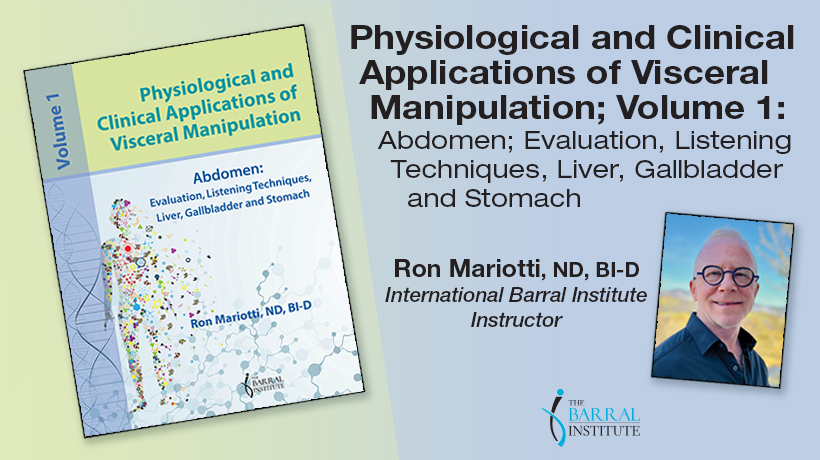ACA – Nutritional Synergy Update #1 (Flu #1)

The flu season is in full swing. There are reports of severe cases of the flu in almost every state, and in some states even death. As of the date of this post some reports of over 20 deaths in Washington State.
Understanding a few things about the flu might be helpful in preventing as well as recovering from the flu.
Over the course of the next couple weeks I will share with you some research on the pathophysiology of the flu virus, vaccinations, as well as research-based alternative options we can do to support ourselves during what seems to be increasingly more and more server annual outbreaks of the influenza virus.
~ Some specifics about the influenza virus ~

The flu virus comes from the family of virus’ known as Orthomyxovirus’. There are 3 types of flu virus (A, B, C). Influenza type A is the one that is most concerning and most pathogenic.[1] It is characterized by fever, chills, cough, sore throat, headache and myalgia (muscle pains).
The course of an infection can lead to upper respiratory infections (URI) that can, in the most sever cases, lead to pneumonia. As our body mounts an immune response to the infection certain cytokines (IL-6 and TNF-alpha) are manufactured. These cytokines result in the symptoms we associate with the flu.
The flu virus is constructed of small complexes of RNA and DNA genetic material, which is enclosed in a lipid membrane comprised of various receptors on its surface that allow it to attach and infect the host cell (hemagglutinin) and to disperse or spread (neuraminidase).
There are 17 different types of hemagglutinin (H1-H17) and 9 different types of neuraminidase (N1-N9). Just like all things in the universe, the flu virus is constantly changing. As the virus changes the arrangement, known as “antigenic shift”, of its expression of the hemagglutinin (H) and neuraminidase (N) on its surface it essentially becomes unrecognizable by our immune system and can possibly become more pathogenic. The flu vaccine is an attempt, each year, to match the particular flu virus of that season, as well as include the potential pathogenic virus’ of past years.
Virus’ lack the machinery to reproduce and propagate on their own. They relay on the host cell’s machinery in order to manage these basic functions. [1] In order to infect our cells the flu virus must first attach to the surface of our cells. Hemagglutinin is a glycoprotein that allows the virus to attach to cells that have sialic acid on their surface. [2] Many cells in our body have sialic acid on their surface membranes. However, the surface membranes of the cells lining our respiratory tract, [3] and red blood cells, are especially rich in sialic acid, which makes these sites perfect targets for the flu virus. It’s also interesting that the sialic acid on the surface of our lung cells is what allows human lung carcinoma cells to migrate. [4, 5] Once the flu virus attaches to the surface membrane it can “merge” with and enter our cells.[6]
After the virus has “hijacked” our cells it uses the machinery in our cells to reproduce its own genetic material. Once this material is reproduced it migrates to the inside surface of the cell and uses its own neuraminidase enzymes to break through the cell membrane and disperse so it can infect multiple cells. The antiviral drug Tamiflu is designed to inhibit this neuraminidase enzyme thus slowing down the flu virus’ ability to multiply. The neuraminidase also breaks up the mucus in the respiratory tract that might possibly be inhibiting the flu virus from spreading. [7]
Once the flu virus has successfully infected the mucosal surface of the hosts nasopharanx it then incubates for about 24-72 hours. [1] If the flu virus is able to infect the mucosa of the lung the course of the infection becomes more severe. It is rare for the flu virus itself to be the cause of pneumonia. [1] Pneumonia is more likely caused by secondary infections of staphylococci, streptococci, pneumococci, or Haemophilus bacteria. [1]
- Kayser, F.H., Medical Microbiology. 2005: Thieme.
- Fukuzawa, K., et al., Sialic acid recognition of the pandemic influenza 2009 H1N1 virus: binding mechanism between human receptor and influenza hemagglutinin. Protein Pept Lett, 2011. 18(5): p. 530-9.
- Eash, S., et al., Differential distribution of the JC virus receptor-type sialic acid in normal human tissues. Am J Pathol, 2004. 164(2): p. 419-28.
- Park, C.R., et al., CXCL14 enhances proliferation and migration of NCI-H460 human lung cancer cells overexpressing the glycoproteins containing heparan sulfate or sialic acid. J Cell Biochem, 2012.
- Ledinko, N. and F. Fazely, Reversibility of retinoid effect on sialyltransferase activity, sialic acid content and invasive ability of human lung carcinoma cells. Anticancer Res, 1989. 9(6): p. 1669-72.
- Neu, U., J. Bauer, and T. Stehle, Viruses and sialic acids: rules of engagement. Curr Opin Struct Biol, 2011. 21(5): p. 610-8.
- Korsman, S.N.J., et al., Virology: An Illustrated Colour Text. 2012: Churchill Livingston, Elsevir.
In my ACA - Nutritional Synergy Update #2 I will continue discussing the flu... Prevention and Flu Vaccines.




Leave a Reply
You must be logged in to post a comment.